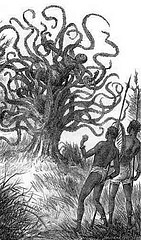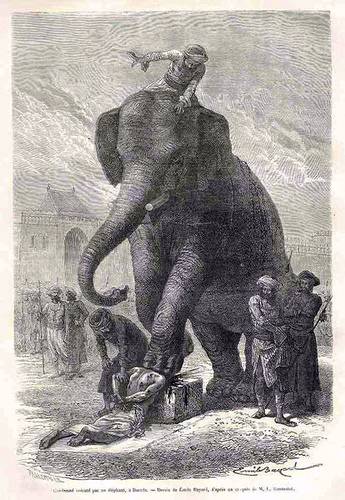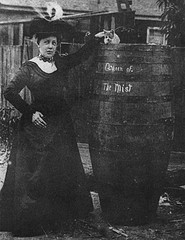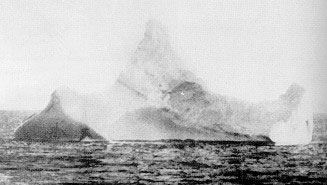‘At Stramore, in the county of Monaghan, near the town of Glaslough,’ say the newspapers of 1813, ‘a short time ago a quantity of butter was found in a bog on the lands of Thomas Johnson, of Armagh, Esq. at the depth of twenty feet beneath the surface of the ground. In consequence of the antiseptic qualities of the bog, the butter was found in a state of the most perfect preservation; its colour a statuary white. The person who found this butter mixed it with other unctuous matter, and formed it into candles for family use. It was more condensed in substance than butter usually is, but perfectly sweet in taste, and free from any disagreeable odour.’
— The Cabinet of Curiosities, 1824





